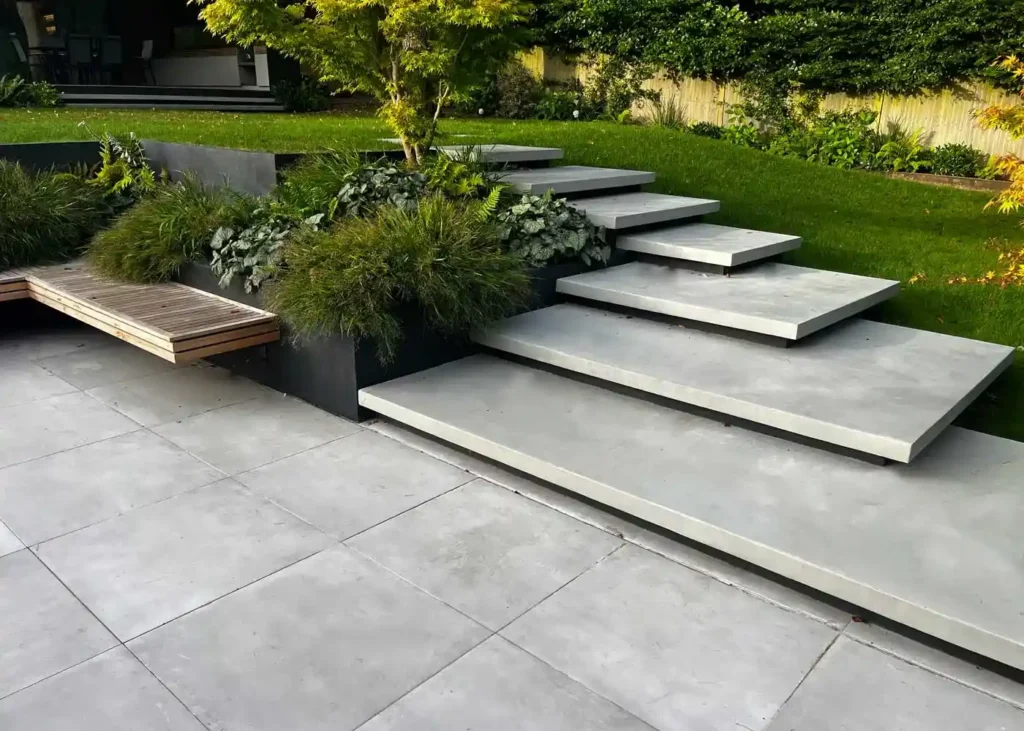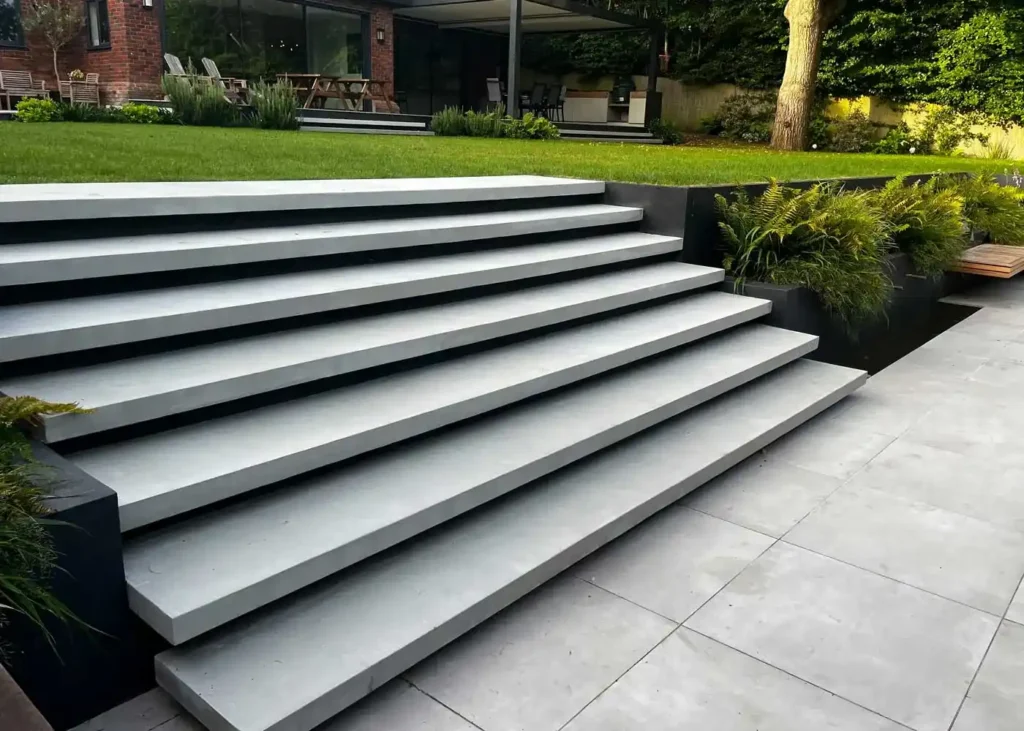Outdoor steps are an essential part of your home’s landscaping, providing safe and easy access to different levels. But what if those steps begin to shift, break, or become loose? Not only is it an eyesore, but it’s also a serious safety hazard.
Best Step Concrete Contractor In Killeen, TX
📞Call: (254) 320-5757
📩Email: contact@killeenconcretecontractors.com
Ways to Keep Concrete Steps Securely Attached
1. Proper Foundation Preparation
A solid foundation is important to prevent stairs from shifting or settling. Before installation, the ground should be compacted, and a stable base should be created using gravel or crushed stone.
2. Reinforcement with Rebar or Anchors
The stairs are secured to the main structure with the use of steel rebar or anchors. Adding these reinforcements to the cement increases stability and reduces the risk of separation.
3. Quality Concrete Mix
Using a high-strength cement mix ensures durability. To avoid early deterioration, choose the appropriate mix ratio and curing time.

4. Sealing and Waterproofing
A high-quality sealer can be applied to prevent water intrusion. Waterproofing is particularly important in Killeen, where fluctuating weather conditions can weaken structures.
5. Proper Drainage System
Water pooling around stairs can weaken the structure. Installing a proper drainage system, such as gutters and downspouts, helps prevent water damage.
6. Regular Maintenance & Repairs
Routine inspections help identify early signs of wear and tear. If cracks or detachment are noticed, timely repairs using patching or epoxy injections can restore strength.
Why Do Concrete Steps Become Loose?
They can become detached due to several factors, including:
- Soil Erosion.
- Water Damage
- Improper Installation
- Freeze-Thaw Cycles
- Heavy Foot Traffic

When to Call a Professional?
If your stairs show signs of shifting, cracks, or unevenness, professional assistance is recommended. Killeen Concrete Contractor provide high-quality installation and repair services. Reach out today to get a free quote.
Contact Details:
Call: (254) 320-5757
Email: contact@killeenconcretecontractors.com
FAQs
- Can I fix detached steps myself?
Minor cracks can be patched, but major detachment issues require professional repair to ensure safety and durability.
- How long does it take to install outdoor stairs?
The timeframe depends on the project’s scope. A professional contractor will provide you with an estimated timeline during the consultation process.
- What’s the best way to prevent stairs from shifting?
A solid foundation, reinforcement, and waterproofing are the best ways to prevent movement and separation.
- How much does it cost to repair or replace concrete steps in Killeen, TX?
Costs vary based on size, damage, and repair method. Call (254) 320-5757 today for a free estimate.
- What type of concrete is best for outdoor stairs in Killeen?
A high-strength mixture designed for outdoor use and the specific climate of Killeen is recommended. The contractor can advise on the best mix for your project.



